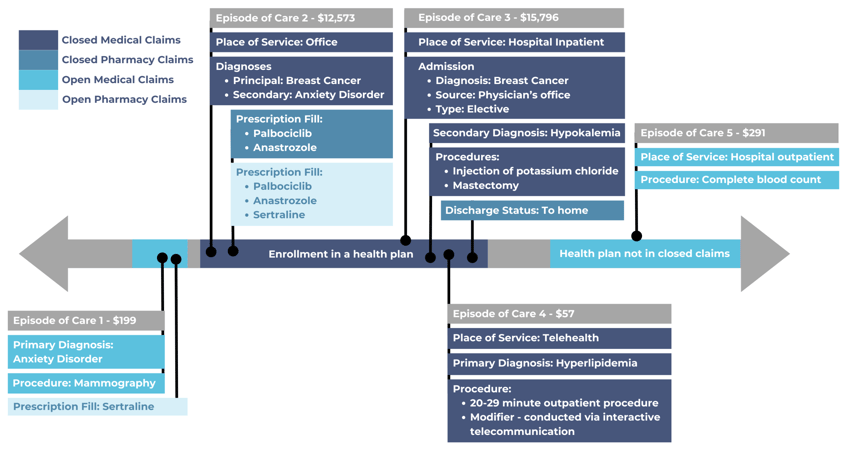Real-world data (RWD), especially healthcare claims data, has become essential for understanding...
ISPOR 2025: Turning Real-World Evidence into Real-World Impact
The annual ISPOR 2025 conference in Montréal brought together a global community of HEOR and RWE experts to examine how data and evidence can better serve patients, providers, payers, and policy. This year’s key themes reflected a shift from generating data to ensuring it drives tangible health impact, especially for populations who are often left behind in traditional research.
Thank you to the ISPOR organizers for another great conference - we are already looking forward to next year's event.
Patient-Centered Evidence Is No Longer Optional
Across sessions, one message came through loud and clear: real-world data strategies must begin and end with the patient. From incorporating patient-reported outcomes (PROs) to designing studies that reflect patients’ lived experiences, presenters emphasized that the future of evidence generation lies in partnership with patients, not just observation of them.
Achieving this level of patient-centricity requires data that reflects the full complexity of the healthcare journey. Hybrid data, which combines open and closed source claims, is a crucial step towards seeing patients more fully. Rather than just records in a dataset, hybrid data ecosystems recognize patients as actual individuals navigating a complex healthcare system. Closed claims offer a detailed view within a payer’s system, while open claims help fill the gaps across networks, pharmacies, and providers. Together, this approach can better reflect the full picture of a patient’s experience highlighting real-world patterns in care, adherence, and areas where additional support may be needed.
The Patient Journey
Advancing Health Equity with Better Representation
Health equity took center stage throughout the conference, with growing recognition that real-world evidence must move beyond convenience samples. Many sessions called out the limitations of single-payer or single-system data in capturing the experiences of racially and socioeconomically diverse populations.
Hybrid data can help close this gap by integrating disparate payer data (closed source) with open networks that capture a broader slice of the population. In doing so, researchers can better identify and address disparities in access, diagnosis, and treatment that otherwise remain hidden.
Benefits of Hybrid Data

Rare Disease and Orphan Drug Development: More Data, Smarter Design
With growing investment in rare disease and orphan drug development, the need for longitudinal, patient-specific data is more critical than ever as. These populations are often fragmented across multiple systems and underrepresented in traditional datasets.
ISPOR 2025 highlighted how real-world evidence can accelerate insights into small patient populations, provided that the data is broad enough to capture them and rich enough to support studies. Hybrid data ecosystems are emerging as a key enabler here, helping researchers classify rare patients more reliably, validate diagnoses across sources, and observe long-term outcomes at scale.
Unlocking Rare Disease Insights.png?width=500&height=333&name=Ispor%20Blog%20Image%203%20(1).png)
The Path Forward
As the field of HEOR evolves, ISPOR 2025 made it clear that simply having data isn’t enough—it’s how we use it that really matters. The conversation is shifting toward ethical, inclusive, and patient-aligned evidence generation. Whether it’s advancing rare disease research, identifying care disparities, or supporting real-world effectiveness studies, hybrid data is becoming one of the most important and flexible assets in the evidence generation toolbox.
At Forian, we remain focused on helping life science partners unlock the full value of real-world data by combining breadth, depth, and accessibility to fuel more informed, equitable, and impactful research.

.jpg?width=50&name=Image%20from%20iOS%20(2).jpg)



.png?height=200&name=Blog%20Cover%20Image%20Hybrid%20Claims%20Data%20The%20Essential%20Strategy%20for%20Enhanced%20RWE%20and%20HEOR%20Studies%20(2).png)
